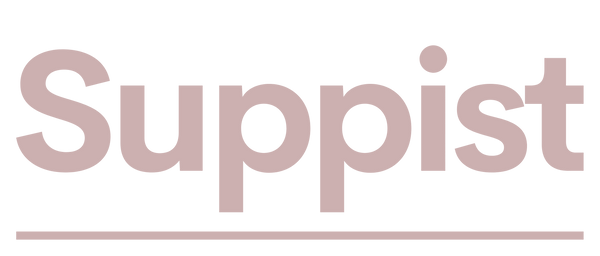
iet, and lifestyle for the betterment of health and well-being. This comprehensive guide explores the diverse facets of biohacking, providing insights into its types, current research, associated risks, and professional considerations.
Decoding Biohacking
Biohacking is a form of DIY human enhancement, encompassing the modification of biological aspects to enhance health, performance, or well-being. This encompasses a wide spectrum, from traditional methods like intermittent fasting to cutting-edge technologies such as smartwatches, reflecting the evolving nature of biohacking.
Biohacking in Action: Current Examples Unveiled
Nootropics: Spanning non-prescription substances like creatine and caffeine to prescription medications like Ritalin and Adderall, nootropics aim to boost brain performance. Caution is paramount, especially when dealing with prescription stimulants.
Wearable Technology: Devices like smartwatches and fitness trackers serve as data sources for health improvement. Emerging technologies, such as embedded implants, offer advanced functionalities like data collection and access control.
Exploring Biohacking Types: DIY Biology to Nutrigenomics
- DIY Biology: Involves the sharing of biohacking techniques among experts and non-experts, fostering citizen science and action research across diverse fields, including microbiology and nutrition.
- Nutrigenomics: Focuses on understanding how food interacts with genes, providing personalised nutrition plans based on genetic makeup.
- Grinders: Pioneers of human augmentation, grinders utilize devices implanted under the skin for body modifications, aspiring to become "cyborgs."
Biohacks to Transform Health: From Fasting to Cold Water Therapy
- Intermittent Fasting: A method involving specified eating windows linked to benefits like reduced body fat and improved metabolic health.
- Cold Water Therapy: Involves immersion in cold water, potentially benefiting cardiovascular, immune, and endocrine systems. However, risks include cold shock and hypothermia.
- Caffeine: Used in moderation, caffeine enhances alertness and focus. Excessive consumption can lead to side effects such as increased blood pressure.
Navigating Risks and Ethics in Biohacking
Safety Measures: Biohackers may operate without regulatory oversight, raising concerns about inconsistent safety measures that could lead to contamination or injury.
Unofficial Health Advice: Risks are associated with following unofficial health advice from unaccredited sources. Seeking professional guidance is recommended for nutrition, sleep, or fitness hacks.
Legal Aspects: While DIY biohacking is generally legal, certain practices, like the use of agrobacterium in plant engineering, may have specific regulations.
Life Extension and Biohacking: Slowing the Aging Process
Biohacking encompasses practices related to slowing aging effects, ranging from healthy lifestyles to experimental methods like gene editing. Ethical questions may arise as life-extension technologies become more prevalent.
Concluding Thoughts on Biohacking for Better Living
Biohacking represents a diverse spectrum of practices aimed at enhancing human biology. While some methods have shown effectiveness, safety concerns persist due to the lack of regulation. Adopting easily accessible biohacks, coupled with caution and professional guidance, can contribute to improved health and well-being.
